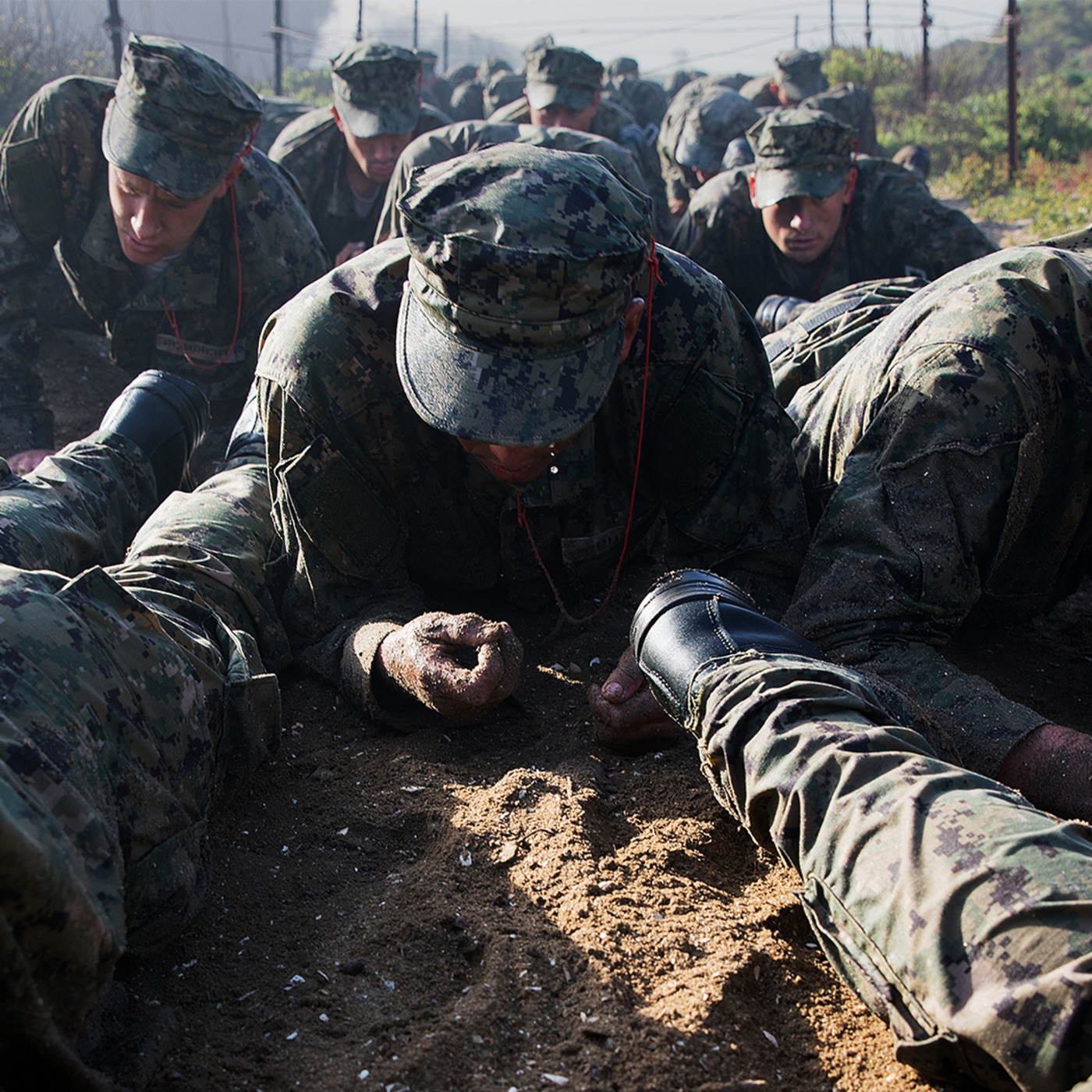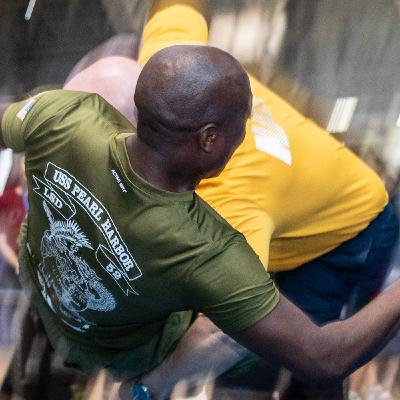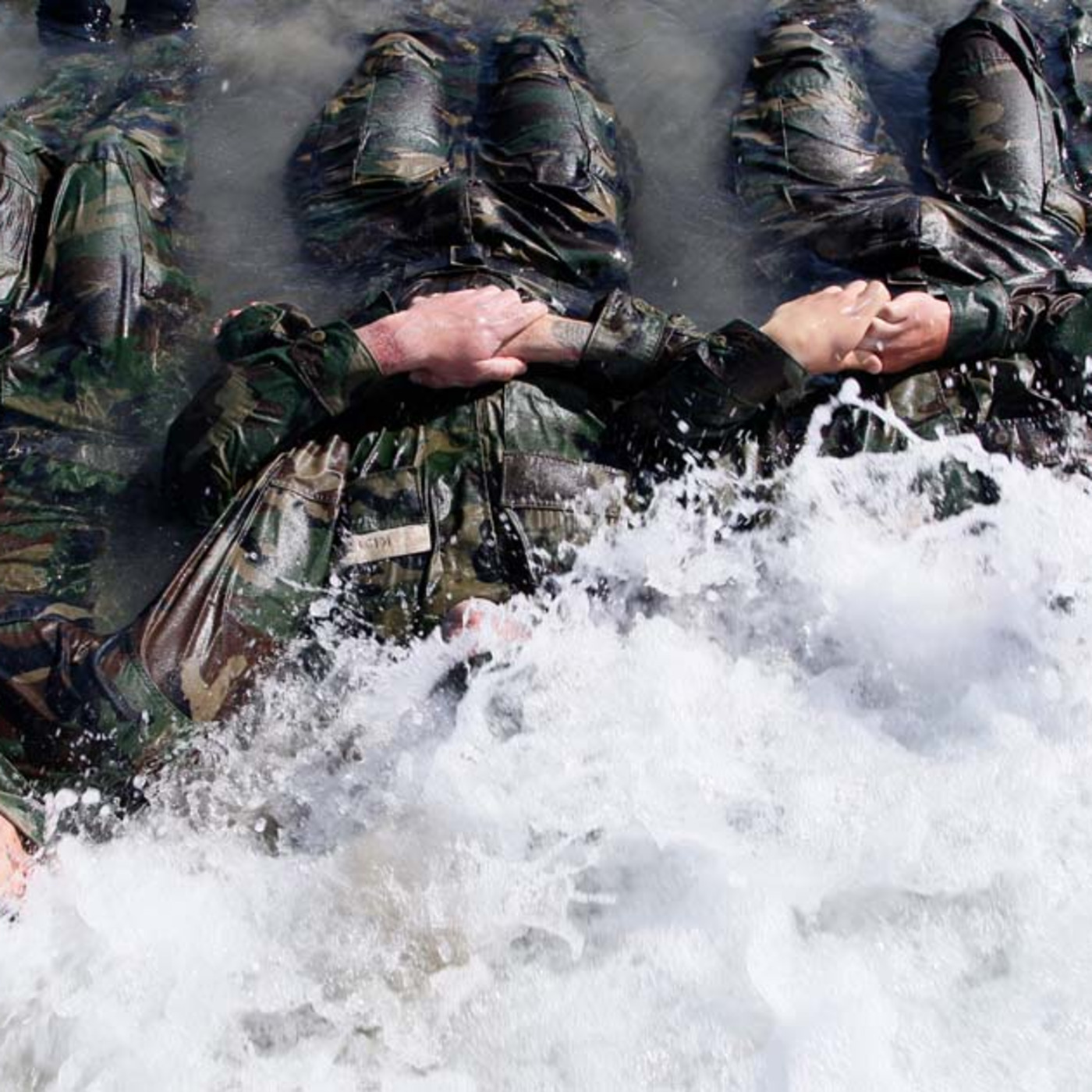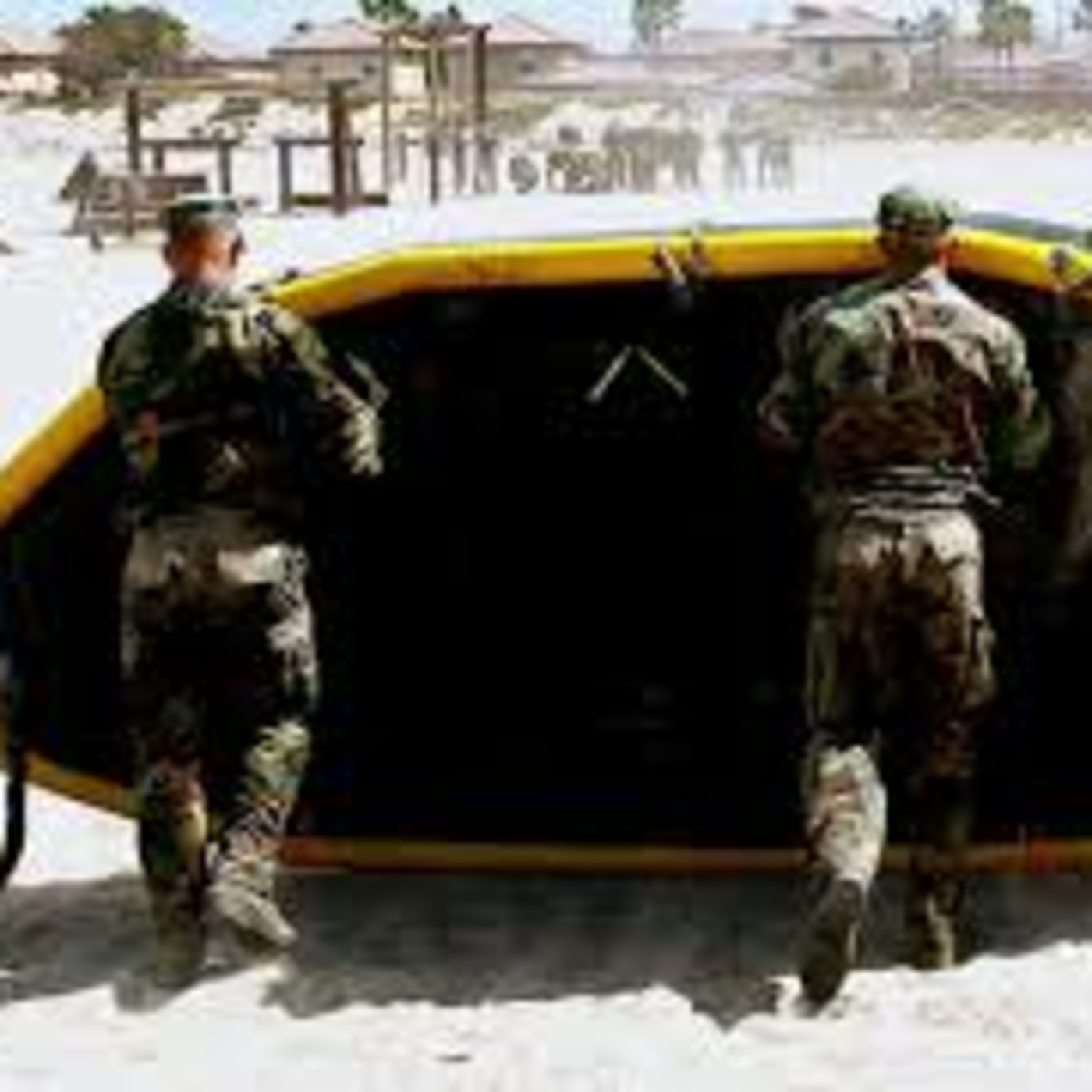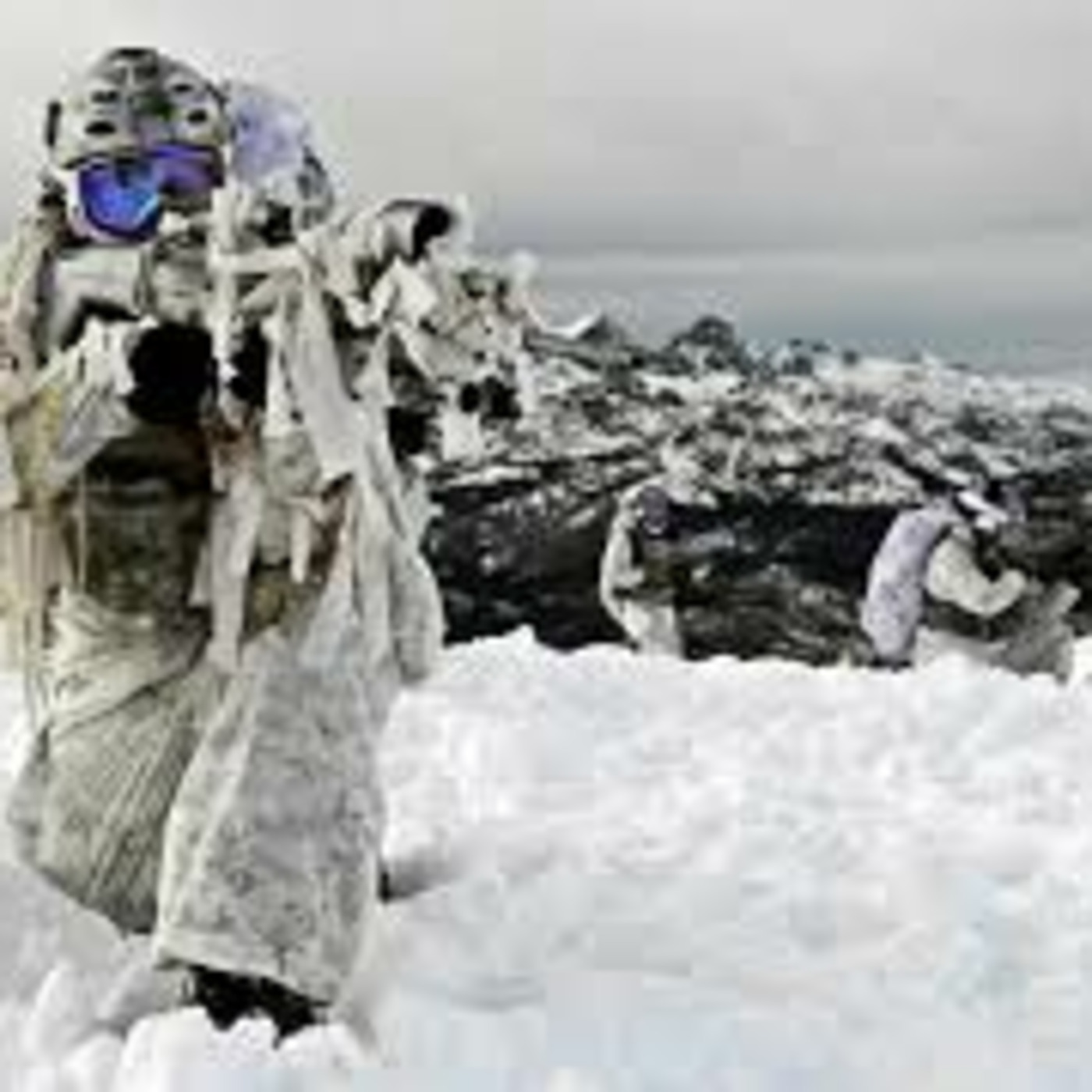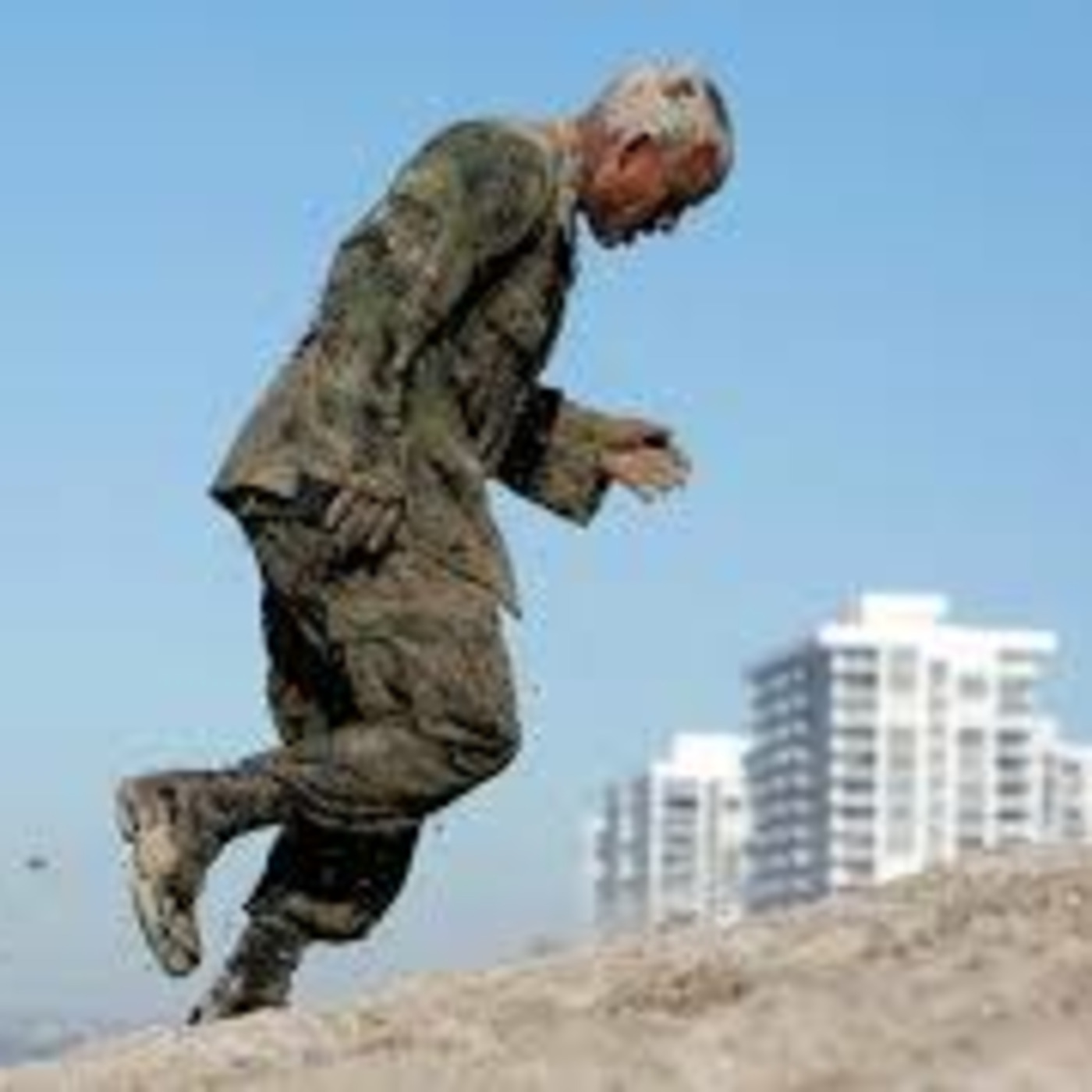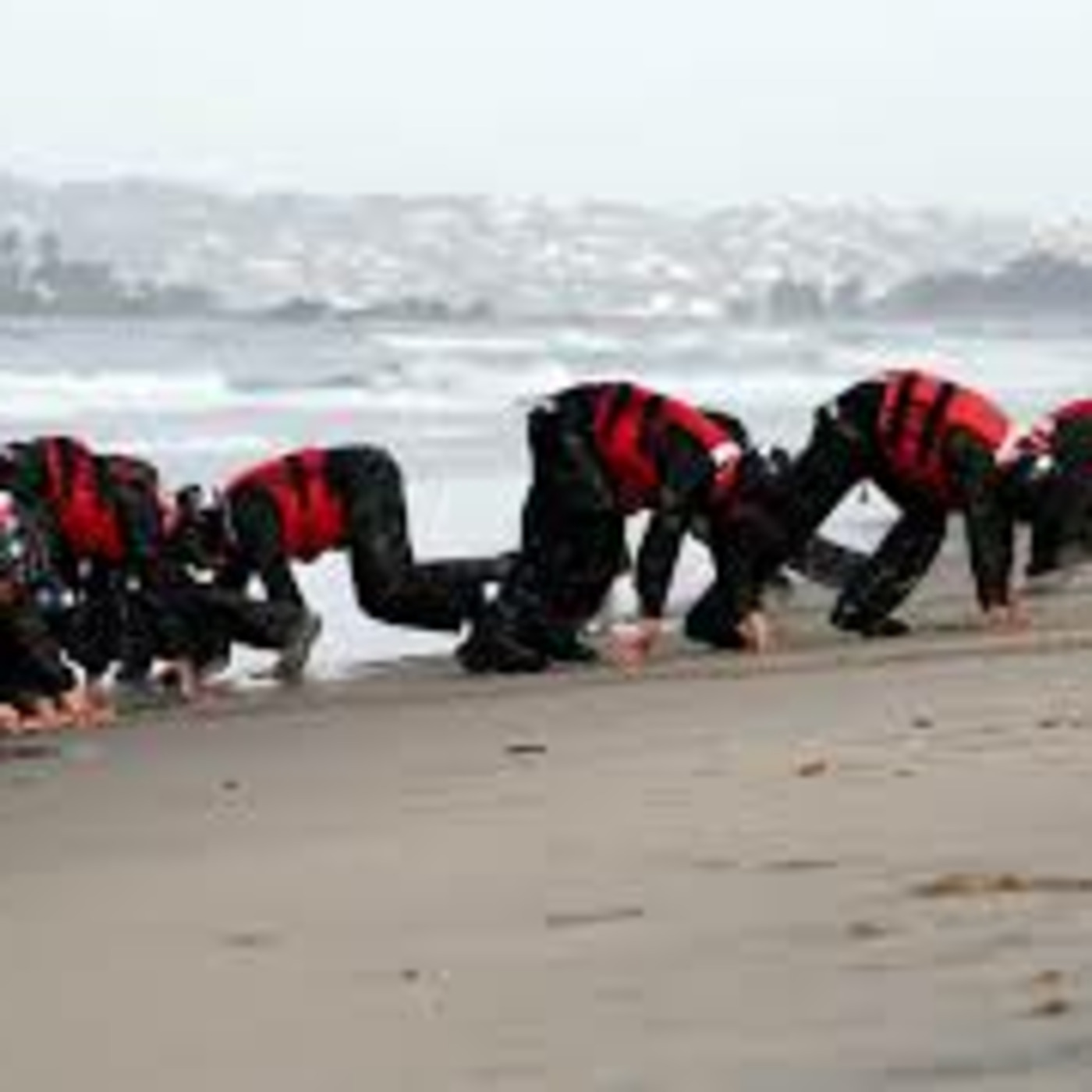Episode 46: PODCAST: Episode 46 | Post SOAS | SEALSWCC.COM
Description
Time to await fate. The trial of SOAS is over and now the SEAL candidates are chosen. Learn what goes into the process of selecting the winners.
Scott (Host)
Welcome to another edition of ‘The Only Easy Day Was Yesterday’. I'm your host, Scott Williams, and today we're going to be talking SOAS. We have our SOAS representative, retired SEAL Lieutenant, Andrew Dow. And Andrew we've covered this now, three times. And we've talked about how to get ready for SOAS, what to expect, how to train for SOAS, all that good stuff, and then actually seeing a SOAS live in the flesh and watching as the evolutions go down. Today, we're going to talk about the aftermath. What happens when candidates have actually attended SOAS, gone through the two weeks, and gone home, and now they're waiting? So, tell me first, what happens after those evolutions are done, from the staff perspective.
Andrew (Guest)
Okay. All right. So, we did talk about, you know, the whole pre-op, pre-application, we talked about assessment week, interview week, but what happens afterward is there's a SEAL panel, a SEAL Selection panel, and every applicant that attends SOAS finishes SOAS with a SOAS scorecard. Basically, it explains, and it tracks everything they've done during the SOAS both interview weekend and assessment week. So, it's their scorecard that shows how well they did on certain evolutions, instructor inputs, and peer inputs, all gets compiled, and the scorecard gets forwarded to the SEAL Selection panel. The panel happens at the end of the third block in September. There's a week-long process where several O-5s and O-6s and now this year alone, the two-star Admiral of WARCOM will be the panel president. They come together and they sit down and go through each application, their pre-application, they go through each scorecard, and they determine which applicant will receive orders to BUD/S and will receive a bill to become an 1130. Excuse me, 1180.
Scott (Host)
You mentioned that the flag is sitting in this time. I think it's the first time that's happened.
Andrew (Guest)
That's correct. Yeah. In the past, it used to be the commodore of Naval Special Warfare Center. But this year, we're moving with having the two-star sit as the panel president.
Scott (Host)
Yeah, I imagined as one of those potential selectees that I'd be at home sitting thinking, who is evaluating me right now?
Andrew (Guest)
Well as in SOAS the evaluators and the assessors are NSW instructors and regular operators that will write down everything about you everything you do, but on the actual panel, you're having senior leadership, O-5 Commanders of SEAL teams, Commanders of Basic Training Command, the Commander of Advanced Training Command, you'll have the Commodore who's an O-6, which is a Captain in the Navy, sitting at the panel who used to be the panel president but now the Naval Special Warfare Command Admiral, two star, will be leading that panel.
Scott (Host)
So, what are the big things they're looking for in that panel?
Andrew (Guest)
Right. So, it hasn't changed much in the past, except that now that Naval Special Warfare is focused more on maritime and going towards that route of operations overseas. They're looking for, either way, they're looking for the whole-person approach. They want to see candidates that have great character, great teamwork, professionalism, and leadership, and are able to work in different situations that they can adapt to. So, what's tested at SOAS and that's what's presented at the board. They're looking at their cognitive abilities, their behavioral aptitudes, they're looking at their physical performance, which is very important, their comfortability in the water, as well as they'll be tested on their leadership abilities. They'll be put in tough situations. So, the results of those situations will be presented to the board as well. So, the big three are character, cognitive ability, and physicality.
Scott (Host)
And, you know, we've heard of the gray man concept where, you know, you kind of sneak through BUD/S with not being the guy who's at the bottom and not the guy who's drawing attention as a star performer, but kind of blending in with the pack. How does the panel look at the gray man?
Andrew (Guest)
Every community has a gray man, right? But in the officer community, you can't be a gray man. They're selecting the ones that stand out, they're not selecting the ones that do poorly and it's becoming more and more the norm to not select gray men. So, if you're the type of person who's very quiet and timid, and hey, I just, I'm just doing this to get by, you shouldn't even come and apply because you're not going to get selected the bottom line, they want to see the outgoing people, the people who aren't afraid to take risks, you know, coordinated risks and calculated risks. Excuse me. The gray man, as you're talking about Scott, as officers, that really doesn't sit well with the panel they're not going to move forward with someone who is I don't want to say introverted, because obviously, you have to be outspoken you need to be able to present yourself and to your, your, your subordinates. But as a gray man, they're going to pass you by, you're probably not going to get selected, to be honest.
Scott (Host)
So maximum individual output, but also maximum teamwork?
Andrew (Guest)
I'd say teamwork and vocalization. So, they're not looking for the, you know, the cheerleader who's looking at me, look, I'm the one talking all the time, just saying whatever they want to hear. They're looking for the ones who are actually saying the things that need to be said, the ones that are actually stepping out of that comfort zone of should I say something or should I just sit back. They're looking for the ones that are like, okay, I have a plan, explaining it to their men and women that this is what we need to do. And all of this is getting documented on their SOAS scorecard. So, the panel will see this, who's a gray man, who's a good-spoken leader, who's the ones that are just there to get a, you know, a nice flare on their chip saying, hey, I made it through SOAS.
Scott (Host)
How do the quotas work? I mean, how many people are going to make that panel and roughly how many get selected.
Andrew (Guest)
So, every year, the Admiral looks at the entire force and sees how many officers will be needed to fill in those ranks that are now missing. Each year, we're looking at sending to BUD/S roughly 80 to 95 Officer candidates to go to BUD/S. From that, their hope – their intent – is to get at least 60 to 70 Officer candidates to get through the pipeline, and to later on check into the teams. The one other thing though is those numbers have been relatively the same each year. As we spoke in an earlier webinar, you know, OCS specifically for being selected for BUD/S from the selection panel, OCS, we're looking at probably 90 to 100 applications and from that, we have about 60 attend SOAS and of that 60, only about 15 are 15 to 20, I'd say because there are some alternates, that get selected to go to BUD/S. And each accession source has a different one. But strictly OCS, that's the number for there. Naval academy has their own process that they select how many get through. ROTC same thing. I can go into those numbers too, give a broad range of that so that, you know the listeners can have an idea of okay, what are what are my chances what is the percentage of me, you know, being picked up if you want.
Scott (Host)
Shoot.
Andrew (Guest)
Okay, so we have OCS. We have ROTC. ROTC, we see about 70 to 80 applications a year, of that 70 to 80, the board usually gets about 50 to look at. And of that 50 they pick about 15 to 20 to go to BUD/S. Naval Academy like I said, does their whole internal down selection to see who goes to so as themselves, but they start with as high as 250 to 300 applications, candidates and from there, they do their own little screeners, or they have two screeners a year and have that they probably send about 100. They have about 150 that come out of the screeners. From that 150, they only send about 60. So, they have a pretty intense down-selection process themselves. Of that 60 who attend SOAS, Naval Academy sends maybe 25 to 35 candidates to BUD/S. So that selection process is very...
Scott (Host)
rigorous.
Andrew (Guest)
Thank you. Yes, rigorous. We have OCS, ROTC, and Naval Academy. Then there's the other accession sources, which we don't see as many applications for, and we don't see as many selected from that inner service transfer, when you have like your Marine Corps, your Army officers, your Air Force officers that apply for SOAS and attend. We see probably about from each one of those probably about five to ten a year and the selection panel maybe picks one or two maybe. As long as they have, you know everything we're looking for and that their service is willing to let them go to cross over to the Navy. We also see Merchant Marine Academy.
Scott (Host)
I remember we've even in the past seen a couple of Coast Guard Officer candidates come through quite some time ago.
Andrew (Guest)
Since I've been working, in the seat, I've seen probably three Coast Guard and strictly enlisted. Coast Guard enlisted apply that would like to go Officer. Enlisted to Officer. So, OCS Enlisted category. Before I touch on the Coast Guard specifically, the OCS enlisted side basically, that's anyone who is active duty in service from your seamen, seamen recruit your E-3 to I've seen an E-6. Actually, an E-7 this year, we have an E-7, which is the Chief applying. That is probably the hardest road any candidate accession source has because they're competing against Trident wearers. They're competin


